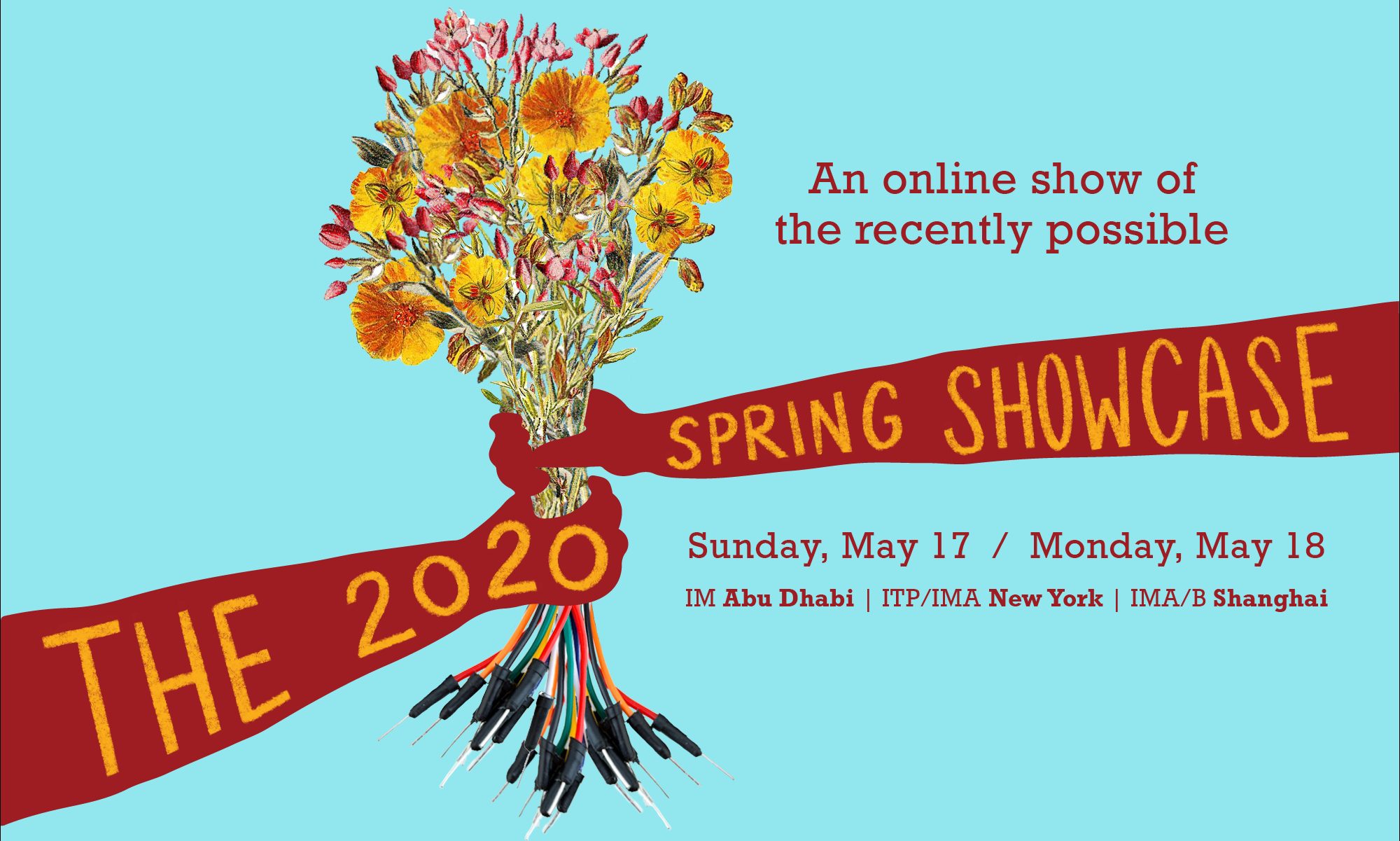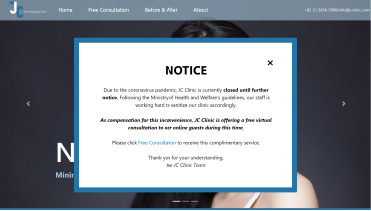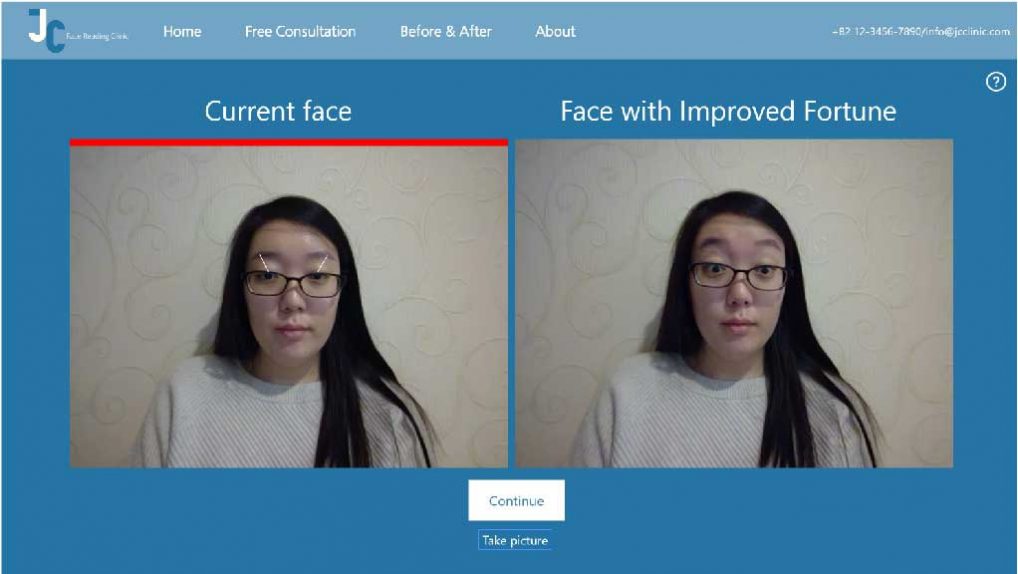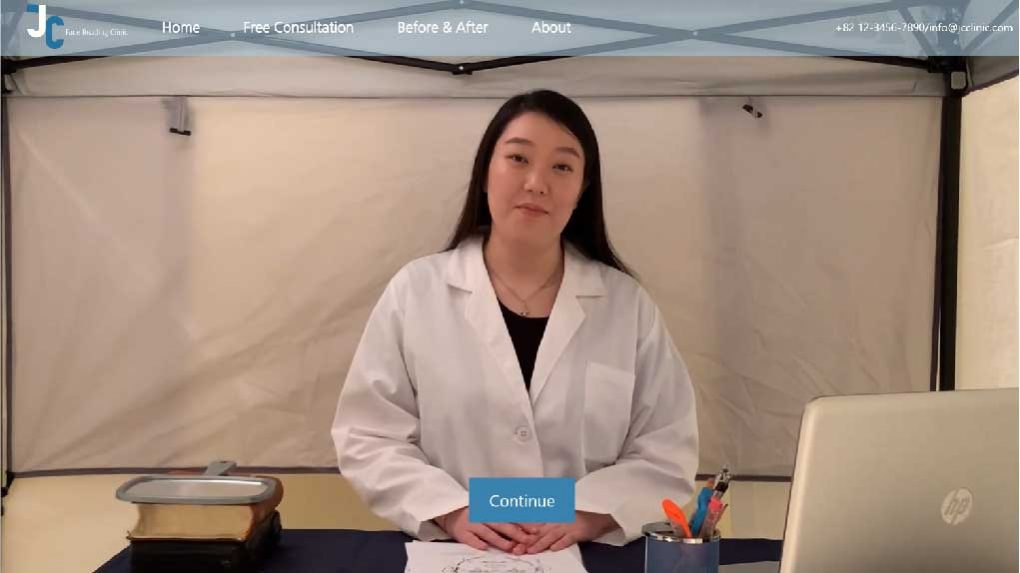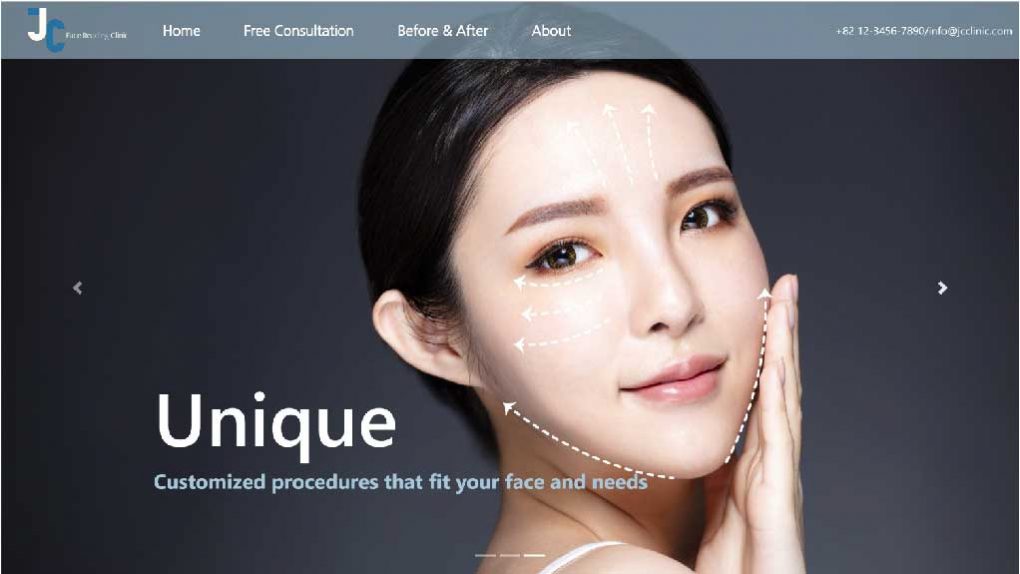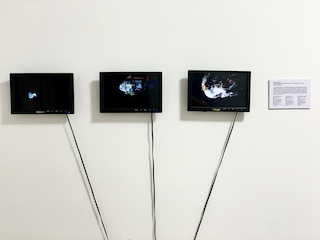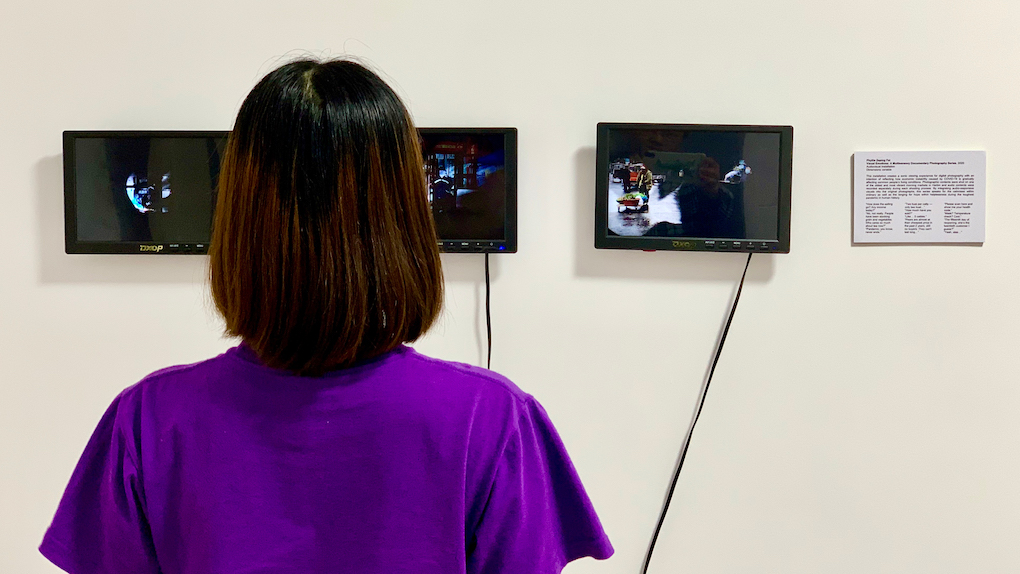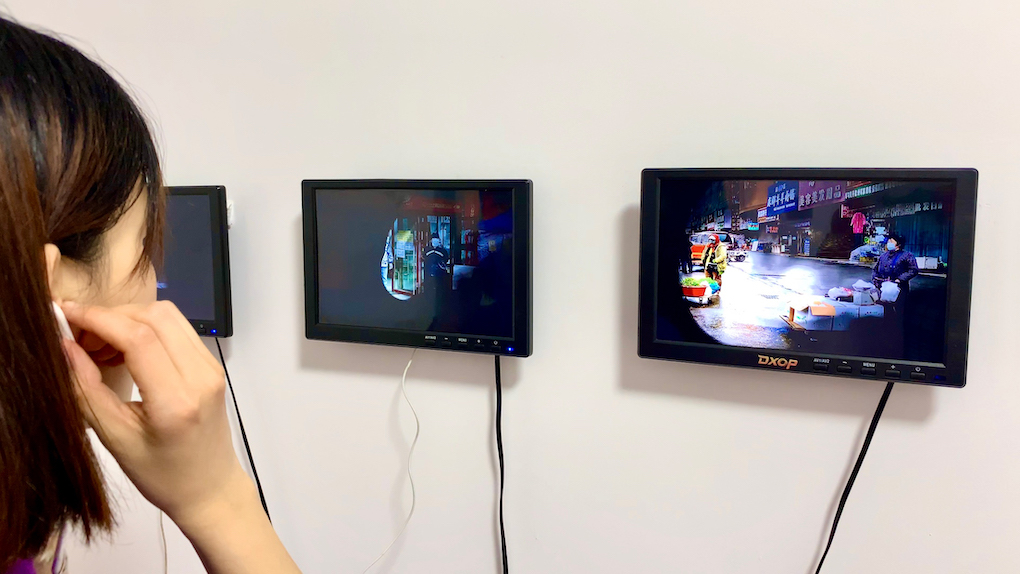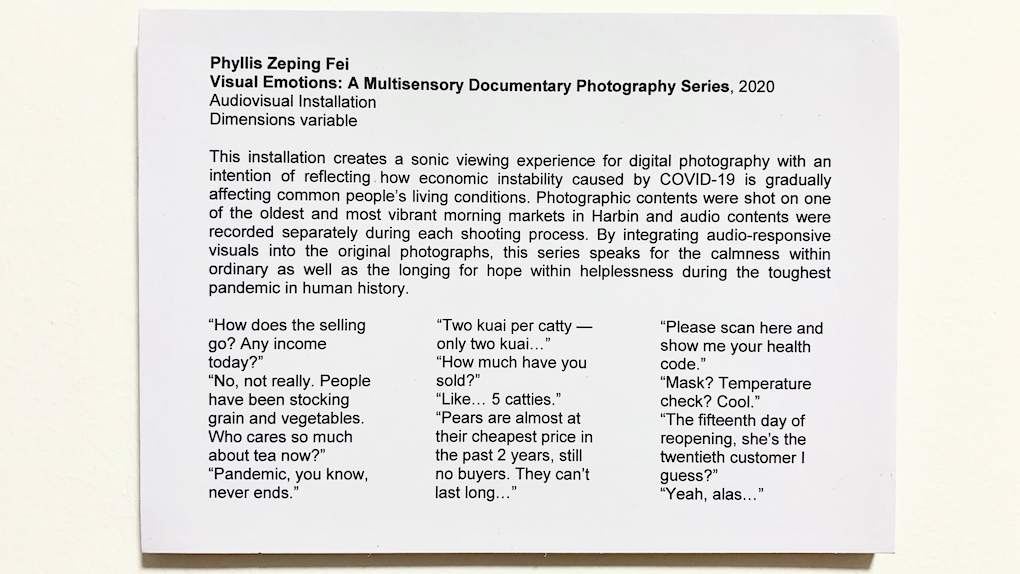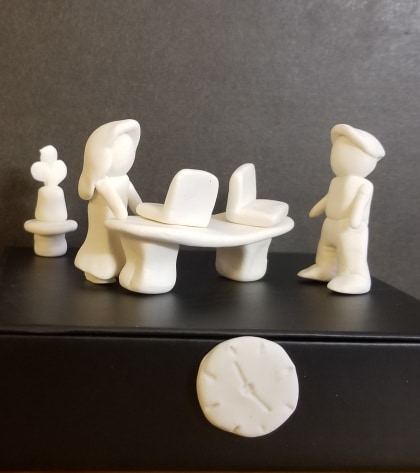An interactive face fortune telling/plastic surgery consultation that reflects on lookism and gwansang in South Korea.
Jessica Chon
Description
Inspired by the cultural phenomena of lookism and gwansang, A Reflection on Lookism serves as a medium for users to question the significance of appearance in their daily lives. Lookism is appearance-based discrimination, while gwansang is Korean face fortune telling. Both are significant cultural aspects of South Korea, and I was particularly moved by the connection between the two. People feel the need to succeed and believe that they need to meet specific beauty standards to do so. As they undergo cosmetic procedures to improve their appearance and seek reassurance that their looks will be accepted by society, face fortune tellers cannot reaffirm this fortune, as their natural faces have been altered. I convey this irony through my consultation that is hosted on a simulated plastic surgery clinic website I created. The consultation is held virtually in a tent that is meant to mimic a fortune telling stall in South Korea, but with more “high-end” elements to give the professional feel of a clinic consultation.
The reason I combine both a clinic and stall is because when I enter fortune telling tents in Korea, there is a mixed feeling of hesitation and excitement because fortune telling, I believe, is mysterious in itself. As for the hesitation, trying to experience something that is so “powerful” and mystifying in such an unexpected tent seems strange. I want users to feel this emotion to capture the fortune telling experience. On the other hand, I also wanted to recreate the intimidation I feel when entering medical clinics. At times, I find going to a doctor intimidating. Everything is pristine and you’re suddenly hyper-aware of your medical knowledge and lifestyle habits. I want users to also feel this type of uncertainty that I feel when I go to medical clinics.
